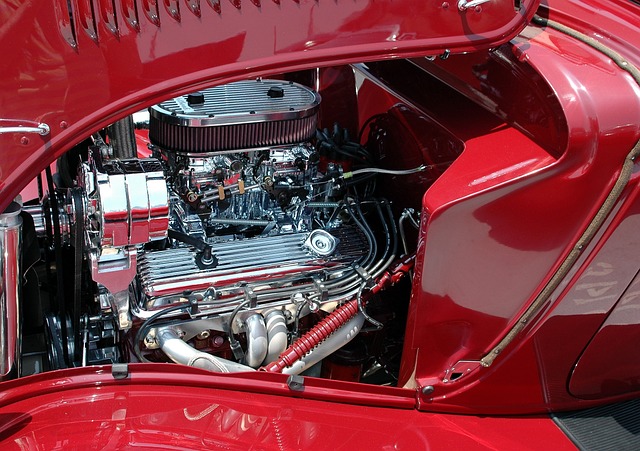
When selecting a flashlight for mechanics, prioritize models that offer high lumens and long beam distances to ensure optimal visibility for intricate tasks. Look for flashlights with adjustable focusing from spot to flood beams, robust construction using materials like aircraft-grade aluminum or hard-anodized finishes, and LED technology for energy efficiency and longevity. Flashlights should have impact and scratch-resistant lenses, replaceable batteries, and a durable bezel made from toughened glass. For mechanics who rely on these tools daily, it's crucial to maintain them by checking battery levels, storing flashlights lens-out for immediate use, and keeping spare batteries handy. Organize your mechanic's toolkit, including your flashlight, within a well-maintained glove compartment with dividers or customized compartments, ensuring each tool has its place. Regularly clean the area to prevent dust and debris from affecting the performance of electronic components. Keeping your flashlight and other tools in top condition will guarantee consistent illumination when you need it most in a mechanical setting.
When automotive mishaps strike, a reliable light source becomes your ally in the murky depths of a vehicle’s underbelly. A compact flashlight stowed away in the glove compartment is more than a convenience for mechanics; it’s an indispensable tool. This article delves into the critical features that make certain flashlights ideal for mechanic’s use, evaluates their brightness and reach, and discusses the importance of enduring battery life and resilient materials. We’ll also provide tips on optimizing your glove compartment storage for efficiency and accessibility, ensuring your flashlight is always ready when you need it most. Whether you’re a seasoned mechanic or an auto enthusiast, understanding ‘Flashlights For Mechanics’ can transform the way you navigate nighttime repairs.
- Understanding the Importance of a Compact Flashlight in a Mechanic's Glove Compartment
- Key Features to Look for in Flashlights for Mechanics
- The Best Compact Flashlight Models for Glove Compartment Use
- Evaluating Lumens and Beam Distance: What Mechanics Need to Know
- Battery Life Considerations for Long-Hour Mechanical Work
- Durability and Material Resistance: Ensuring Your Flashlight Lasts as Long as You Do
- Tips for Organizing and Maintaining Your Glove Compartment Tools, Including Your Flashlight
Understanding the Importance of a Compact Flashlight in a Mechanic's Glove Compartment

A compact flashlight is an indispensable tool for any mechanic, serving as a reliable companion in the often-dim lighting conditions found within a vehicle’s glove compartment. The cramped space of a car’s storage area requires a light source that is both small enough to navigate the tight quarters and durable enough to withstand the rigors of mechanical work. Flashlights for mechanics, specifically designed to meet these needs, offer a beam intensity that adeptly illuminates hard-to-reach areas without casting wide, unnecessary light. Their compact size ensures they do not occupy valuable space in the glove compartment yet are powerful enough to highlight critical components, such as fuses, wiring harnesses, or minor repairs. The convenience of having a flashlight readily available cannot be overstated; it can save time and eliminate the frustration associated with poor visibility. Moreover, these flashlights often feature robust construction and impact resistance, which aligns with the dynamic environments mechanics frequently operate in. With a long-lasting battery life and a secure placement within the glove compartment, a mechanic can rely on this tool to perform tasks efficiently and effectively, making it a smart investment for any professional in the automotive field.
Key Features to Look for in Flashlights for Mechanics
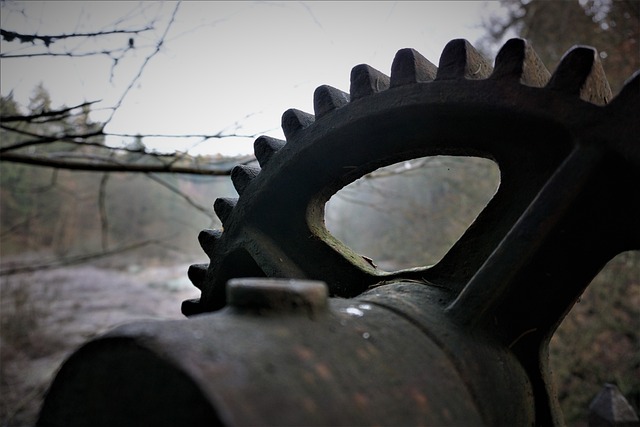
When selecting a flashlight specifically designed for mechanics, durability and reliability are paramount due to the demanding environments in which they operate. Flashlights For Mechanics should feature a robust construction to withstand drops, vibrations, and exposure to oils, greases, and other automotive fluids. A high-impact resistant body made from aircraft-grade aluminum or similar materials is essential for longevity and performance. Additionally, mechanics require flashlights with ample luminosity to illuminate dark spaces under the hood of vehicles. Look for models that offer a minimum of 500 lumens, which can light up tight spots without casting shadows. A focusable beam is also advantageous as it allows mechanics to switch between a broad beam for general visibility and a narrow, high-intensity beam for inspecting fine details.
Battery life and power efficiency are critical considerations for Flashlights For Mechanics. Opt for flashlights with rechargeable lithium-ion batteries, which provide longer usage times without the need to frequently replace batteries. High-quality LEDs not only ensure a long lifespan but also consume less power, which means the battery can last through extended work sessions. Impact resistance is another key feature; a flashlight that can withstand a fall from a significant height onto hard surfaces will continue to function, ensuring that mechanics always have light when needed. Lastly, features such as waterproofing and a shatter-resistant lens are non-negotiable for automotive applications, as exposure to various weather conditions and potentially hazardous environments is common.
The Best Compact Flashlight Models for Glove Compartment Use
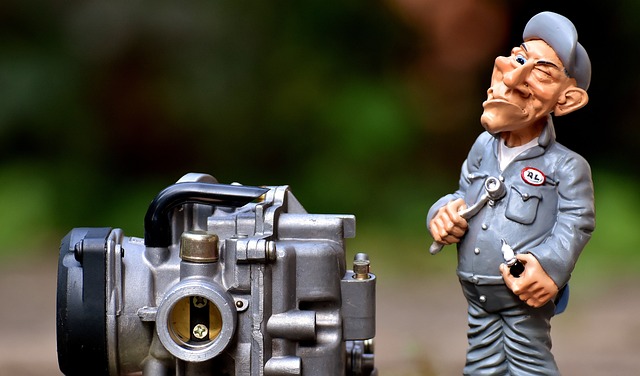
When it comes to selecting a compact flashlight suitable for storage in a vehicle’s glove compartment, mechanics require a reliable and durable light that can withstand the demands of their profession. The best compact flashlights for mechanics are those that offer both high lumens and a robust construction to ensure visibility in the darkest environments. Models with a focus on durability, such as those featuring anodized aluminum bodies and impact-resistant glass lenses, are particularly advantageous. They should also be compact enough to fit comfortably within the confines of a glove compartment without taking up precious space.
For mechanics who frequently work in tight spaces or need to inspect hard-to-reach areas under the hood, a flashlight with a tactical design and a versatile beam pattern is ideal. Models that offer both flood and spotlight capabilities can provide a wide illumination area for broader tasks or a focused beam for more precise work. Additionally, features such as adjustable brightness settings can extend battery life and reduce eye strain when used intermittently. Flashlights that incorporate USB recharging capabilities are also beneficial, ensuring that mechanics always have a fully charged light at their disposal. When choosing a compact flashlight for glove compartment use, prioritize models that offer high performance, durability, and versatility to ensure that every mechanical job is well-lit.
Evaluating Lumens and Beam Distance: What Mechanics Need to Know
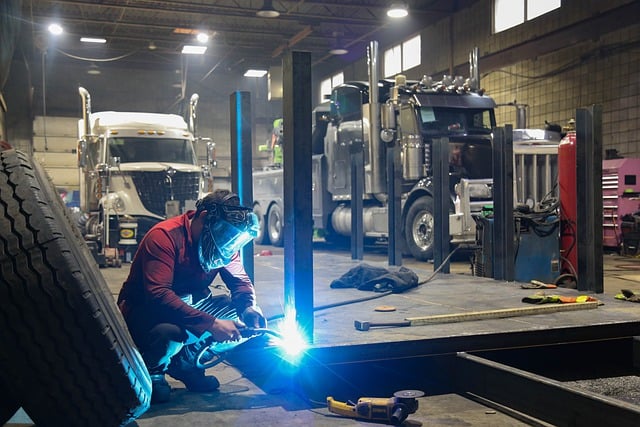
When selecting a flashlight for mechanics, understanding the lumens and beam distance is crucial for optimizing visibility in various work conditions. Lumens quantify the total amount of light emitted by a flashlight, with higher lumens translating to brighter output. For mechanics working in dimly lit areas or needing to highlight small parts, a flashlight with a minimum of 100 lumens can be sufficient. However, for more challenging environments, such as inspecting under the hood of a vehicle where fine details are necessary, a flashlight with at least 300 lumens would provide better clarity and prevent straining your eyes.
Beam distance is another key factor to consider when choosing a flashlight for mechanical applications. It determines how far the light’s intensity remains usable, which can be vital in situations that require illumination at a distance. A flashlight with a beam distance of 200 meters or more would allow mechanics to see clearly into engine bays or other hard-to-reach spaces. Additionally, features like a focused spotlight for distant objects and a wider floodlight for nearby tasks can be beneficial. Flashlights designed for mechanics often come with adjustable focusing capabilities to adapt to various tasks, ensuring that the light is directed precisely where it’s needed most. Considering both lumens and beam distance helps ensure that mechanics have a reliable source of illumination, enhancing their ability to perform precise work and improve safety and efficiency in any mechanical setting. Flashlights for mechanics should be rugged and durable, capable of withstanding the challenging conditions they often face.
Battery Life Considerations for Long-Hour Mechanical Work

When considering a flashlight for mechanics, particularly one intended for storage in a glove compartment, battery life is a paramount concern due to the prolonged hours such work can demand. Mechanics often find themselves in situations where stable illumination is essential over extended periods, whether diagnosing an issue under the hood of a vehicle or working in low-light conditions. A flashlight for mechanics should be robust and reliable, with a high-capacity battery that can endure the demands of long-hour mechanical work without frequent recharging. The best flashlights for this purpose offer a combination of high luminosity and energy efficiency. For instance, LED technology is highly recommended as it provides a bright beam while consuming less power than traditional bulbs. Additionally, models with replaceable batteries can be particularly advantageous, allowing mechanics to swap out the power source without halting their work, ensuring that the light source remains consistent throughout the task. It’s crucial to select a flashlight within the ‘flashlights for mechanics’ category that not only boasts an impressive runtime but also is built to withstand the rigors of a workshop environment, where it might be subjected to drops, dust, and other occupational hazards.
Durability and Material Resistance: Ensuring Your Flashlight Lasts as Long as You Do
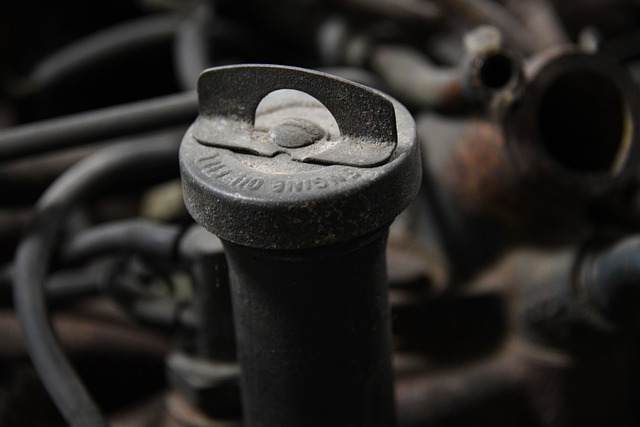
When selecting a flashlight for your glove compartment, particularly one intended for mechanics, durability and material resistance are paramount to ensure it can withstand the demanding conditions often encountered in automotive repair. A high-quality compact flashlight must be constructed with robust materials like aircraft-grade aluminum or hard-anodized finishes that provide both strength and a sleek design. These materials not only contribute to the light’s resilience against drops, impacts, and abrasions but also offer excellent heat dissipation, which is crucial during extended use under the hood of a vehicle. Additionally, the bezel, which serves as the flashlight’s front end, should be made from a toughened glass or a similar durable substance to resist shocks and maintain functionality even when bumped against hard surfaces. Mechanics rely on their tools to perform precision work in challenging environments, making it essential for a flashlight to be as resilient and reliable as the mechanics themselves.
Furthermore, the best flashlights for mechanics are equipped with LED technology, which provides a long-lasting and efficient light source. The LEDs are known for their durability and longevity, often outshining traditional bulbs while consuming less power. This not only extends the operational lifespan of the flashlight but also ensures that it can be relied upon in situations where access to power is limited. The lens should also be made from a impact-resistant polycarbonate or similar material, ensuring clarity and protection against scratches and impacts. With such features, a mechanic’s flashlight becomes an indispensable tool, capable of withstanding the rigors of automotive repair and providing reliable illumination in low-light conditions.
Tips for Organizing and Maintaining Your Glove Compartment Tools, Including Your Flashlight
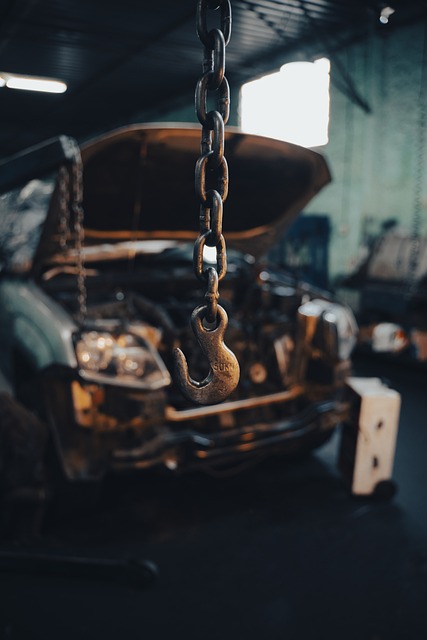
When maintaining a well-equipped glove compartment for mechanics, organization is key to efficiency and safety. To keep your flashlight and other tools in optimal condition, it’s important to regularly inspect them for damage or wear. Ensure that your flashlight batteries are fresh—keep a spare set handy—and test the flashlight periodically to guarantee it functions when needed. Store the flashlight with the lens facing outward so that it’s ready for immediate use. A small velcro strap can hold the switch in the ‘on’ position, allowing you to check the light’s intensity without needing to handle the flashlight each time.
Organizing your glove compartment tools, including your flashlights for mechanics, requires a systematic approach. Use dividers or customized compartments within the glove box to segregate different types of tools and accessories. Flashlights should be easily accessible, with frequently used ones at the top for quick grabbing. Labeling each compartment can enhance this system, making it faster to locate specific items. Regularly clean your glove compartment, removing any dust or debris that could affect tool performance, especially the electronic components of your flashlights. Keeping a microfiber cloth and a small container of compressed air can help maintain both the tools and the compartment’s interior clean and clear for optimal use.
When it comes to a mechanic’s toolkit, a compact flashlight is not just a convenience—it’s an indispensable asset for navigating murky engine bays or illuminating tight spaces. This article has outlined the critical features that flashlights for mechanics should possess, ensuring they meet the specific demands of automotive repair work. From evaluating lumens and beam distance to considering battery life and prioritizing durability, the best compact flashlight models for glove compartment use have been highlighted, catering to the needs of professionals who demand reliability and efficiency from their tools. By following the organization and maintenance tips provided, any mechanic can keep their flashlight—and all their tools—ready for immediate action. In conclusion, a quality compact flashlight is a worthwhile investment for mechanics, enhancing both safety and productivity in their daily operations.







